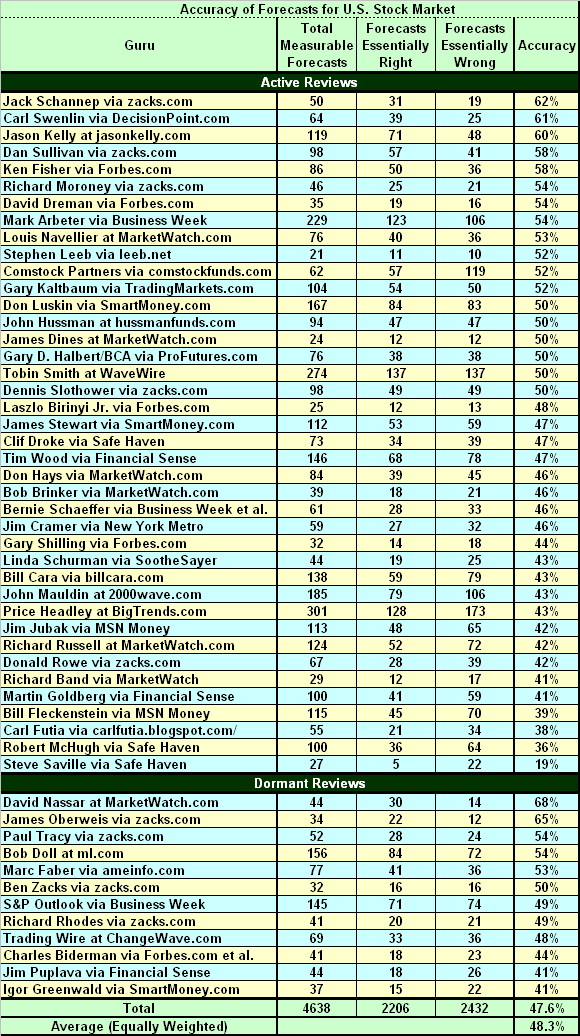Retail Investo How to Use Financial Ratios and Valuation Metrics for Analysing and Picking
Post on: 16 Март, 2015 No Comment

OTHER FINANCIAL METRICS
Overview
There are lots of metrics used to judge a company. The earnings are most important, but all others must be factored into your evaluation of stability and growth. The metrics you use will differ depending on your objectives. Be clear where your profit will come from — dividend income, business growth, or stock price correction.
All the companies you analyze will have some very good metrics and other very bad ones. Nobody’s perfect. Each is just a piece of the puzzle. The trick is to figure out WHY the metric is good or bad. They cannot be downloaded from some website and looked at in isolation. They must be part and parcel of an analysis of the actual financial statements. Put together the complete package and develop your own ‘story’ about the business.
Consider the analogy of a doctor. Would he be able to determine if you are healthy or sick just by looking at a chart with your body temperature, heart rate and weight? No. He needs to see you in person, poke and prod, and ask questions. The metrics that make their way into your chart only formalize a small part of his findings. Similarly, to understand a business you must read and understand the language of business — the financial statements. Just looking up the basic metrics won’t clue you in at all.
Always keep in mind that investors only benefit from future events. Looking at historical data gives you the best base for that projection, but it is not an end in itself.
But What Criteria ?
Get ideas from stock screening programs. Look at lists of investment ratios. A set of criteria to fit a value investor might include:
- Stock price 20% below peak.
- P/E at low end of historical range.
- Comprehensive earnings at least 90% of quoted EPS.
- Earnings and EPS growth.
- Revenue growth not just a one-time spurt.
- Margins not declining.
- Goodwill not greater than 50% of equity.
- Debt to Equity less than 1.
- Interest coverage greater than 5 times.
- ROE greater than 15.
This is just an example. There is no ‘right and wrong’. These are your own value judgements. You are also free to calculate the ratios and define the data as you please — as long as you apply the same definitions to all companies. The following presumes you already know how to calculate the ratios.














